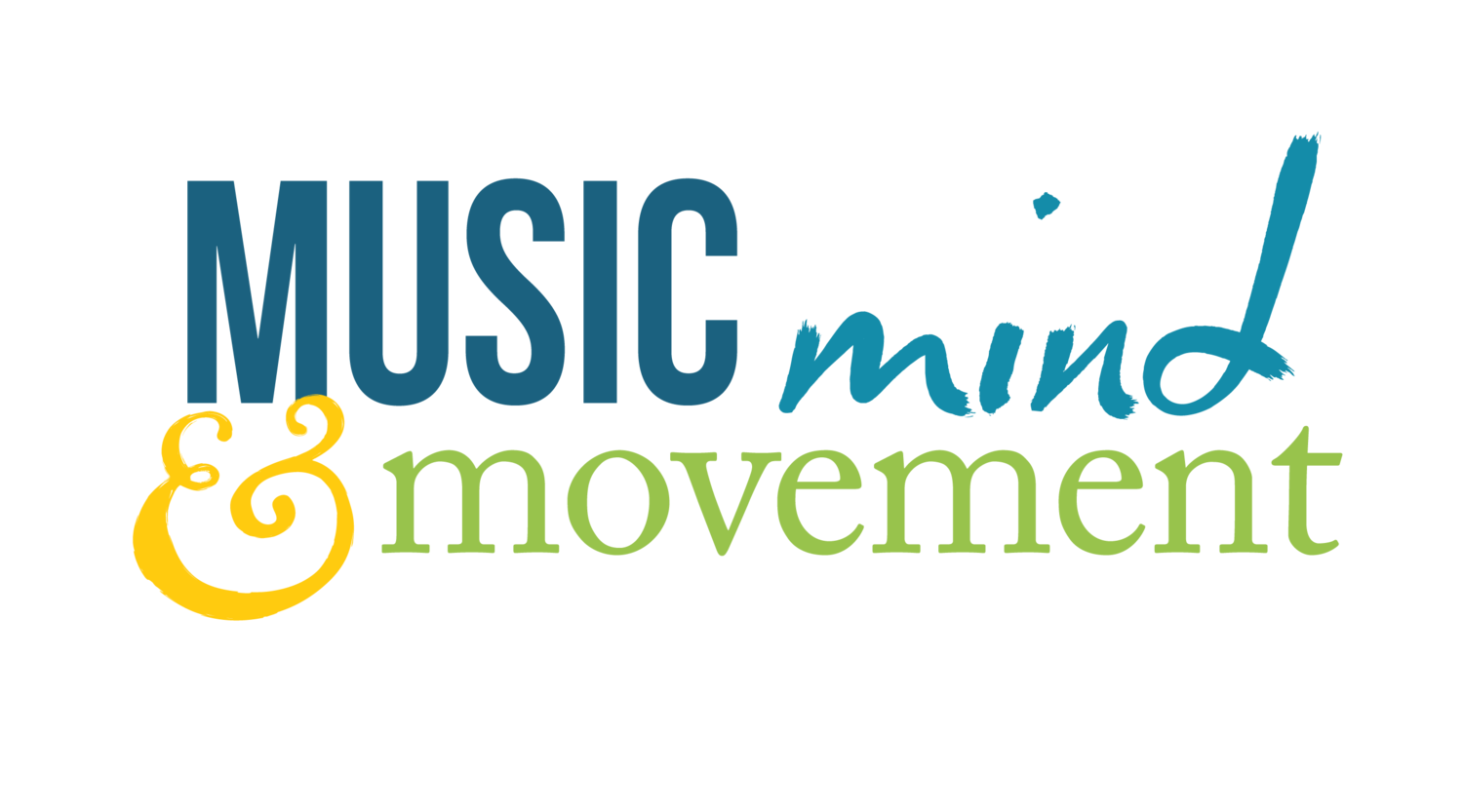Ep 23: Musicians' Maintenance with Cody Weisbach
about cody
Cody is a Boulder, CO based Doctor of Physical Therapy with an interest in the prevention and treatment of playing related musculoskeletal disorders in musicians.
He earned his Doctor of Physical Therapy from Simmons College in 2007 and has since gone on to become Board-Certified Clinical Specialist in Orthopaedic Physical Therapy in 2009 and a Fellow of the American Association of Orthopaedic Manual Physical Therapists in 2010.
Professionally, Cody works for a hospital based outpatient clinic in Longmont, CO. He is a member of the American Physical Therapy Association Performing Arts Special Interest Group, an advisor on the Performance Healthcare Committee of the National Flute Association, and the founder of Musician’s Maintenance, a website dedicated to connecting musicians with quality, science-based injury prevention and performance health information.
While in Massachusetts he frequently worked with students from the Berklee College of Music. He is also the past Chair of the APTA of Massachusetts Manual Therapy Special Interest Group, where he helped physical therapists from around the state improve their manual therapy skills. He has taught continuing education courses and has held adjunct and affiliate faculty positions in several doctoral level physical therapy programs in the Boston area. He has published in peer reviewed PT journals, co-authored a textbook and presented nationally on topics related to evidence based physical therapy.
Following a childhood in Boulder, Cody moved to Boston for grad school where he met his amazing wife Cara and together they started their family. It took him 12 years, but he finally convinced Cara to move back to Boulder where they now live with their two kids and spend their time hiking, mountain biking, climbing, playing at playgrounds, playing a little music and enjoying the Colorado outdoors.
In this episode
We discuss:
Cody’s musical background
How Cody became interested in working with musicians
The “water in the cup” analogy: a useful metaphor for understanding how injuries or pain may occur
Why focusing on recovery is often a good first step for musicians looking to build resilience and avoid injury and how good recovery strategies can provide dramatic results quickly…
…But that recovery can be short-lived so it is important to balance a focus on recovery with strategies to improve overall tolerance
Recovery as an active strategy and how being more intentional about recovery (including getting enough quality sleep!) is an essential and often-overlooked aspect of musicians’ training
Movement, self-mobilization, breathing, etc. as recovery strategies
The importance “micro-recovery” breaks during practice and why it is important to take a break before you feel stiff and/or sore
Why having so much free information about health and fitness out there can, paradoxically, make it hard to decide on a strategy and to stick with it
How sports performance research can tell us some things about what might be good for musicians but that we need to be careful as musicians’ needs are in many ways different from those of athletes
Cody’s thoughts on how musicians and athletes differ
Why a musicians’ exercise program should focus more on resilience than on general fitness or aesthetics
Why strength training is effective for building resilience (but that musicians need to be careful not to get injured why strength training…)
That nervous system adaptation and tissue adaptation happen at different rates (tissue adaptation is much slower), so musicians (and everyone else) need to take a long-term progressive approach to physical training
Cody’s advice for musicians’ interested in starting an exercise or strength-training program
Why training the deep muscles of the hip can be helpful for musicians, especially those with low back pain
Why it is important to train the muscles of the rotator cuff
That there is a bit of a mismatch between how our bodies evolved to move and the ways we use them today
The difference between exercise and more general movement and why both can be helpful
Cody’s recommendation that it can be helpful for musicians to start with a program that is a bit more linear and controlled before embarking on a physical activity that assumes a certain level of capacity and whose variables might be harder to track for someone new to fitness and movement
The biopsychosocial model and its relevance for musicians
Pain: that pain is not necessarily an accurate indicator of the degree or location of damage to the tissues and is instead one possible response to your brain’s perception of threat (but this is not the same is saying that pain is “all in your brain”)
That pain’s causes (and therefore its solutions) are multi-factorial
What nociceptors are and how they work to detect certain types of stimulus
That solutions for pain and strategies for building resilience are highly individual: What is helpful for one person is not necessarily as effective for another, so people need to be empowered to be curious and experiment in order to find solutions that meet their current needs
Why we aren’t always able to assess the impact, whether positive or negative, of any particular exercise intervention at the time when we’re doing it and how it is often more helpful to wait a day and then check in with how you’re feeling
Why it is important to learn to read your body and to get a sense of when you need to rest and when you might be able to push a little harder
Learn more
Cody’s newsletter (it’s great!)
Musicians’ Maintenance podcast
Cody’s Instagram @musiciansmaintenance
MovNat natural movement
NOI Group (Evidence-based multimedia resources for the treatment of pain)
Anil Seth’s TED Talk




